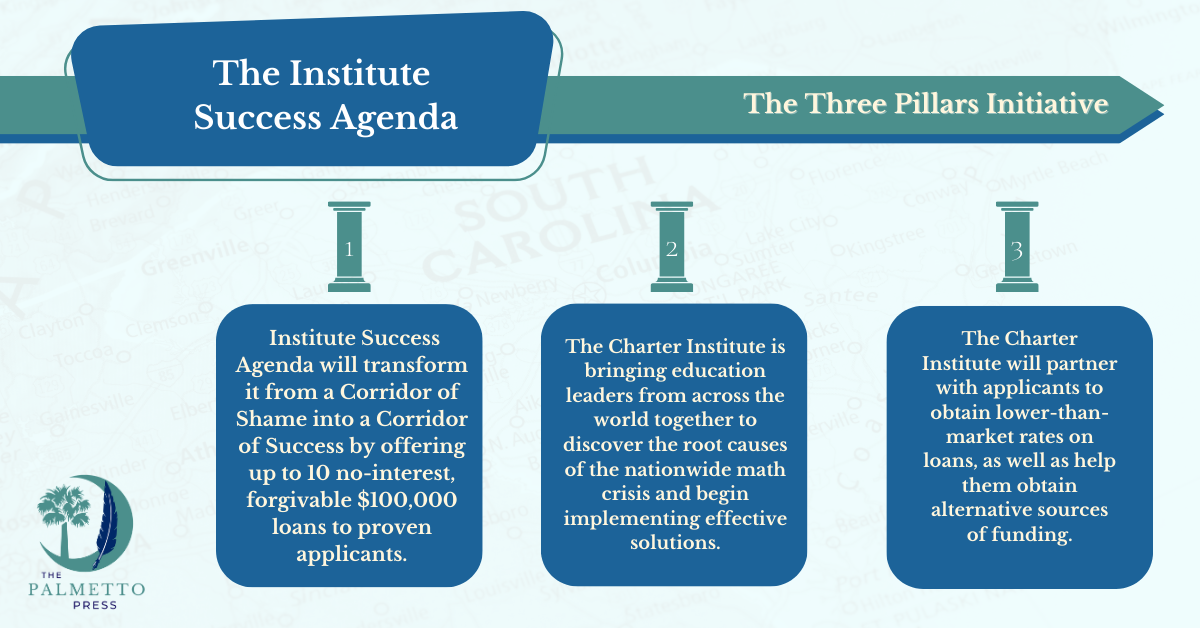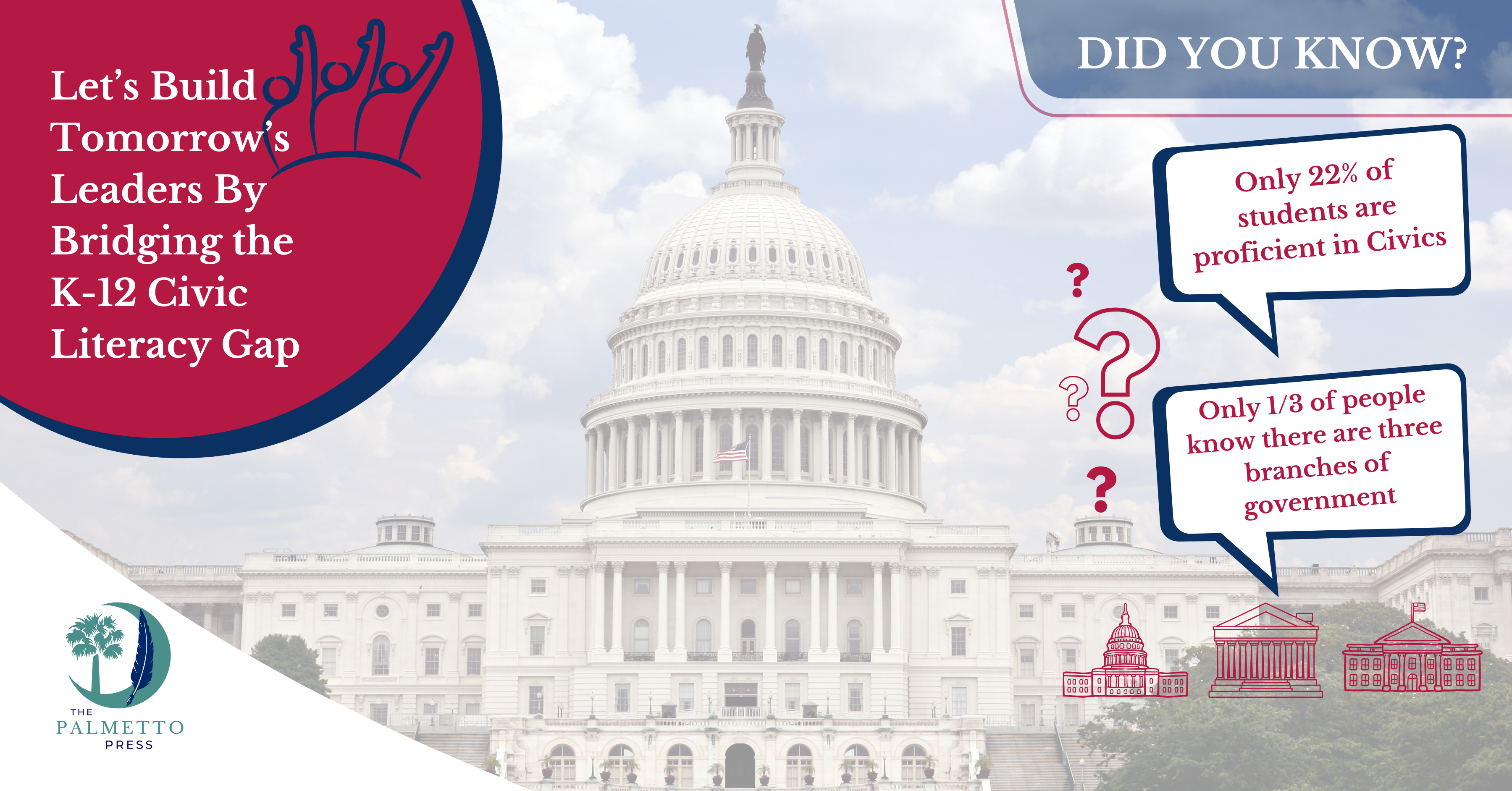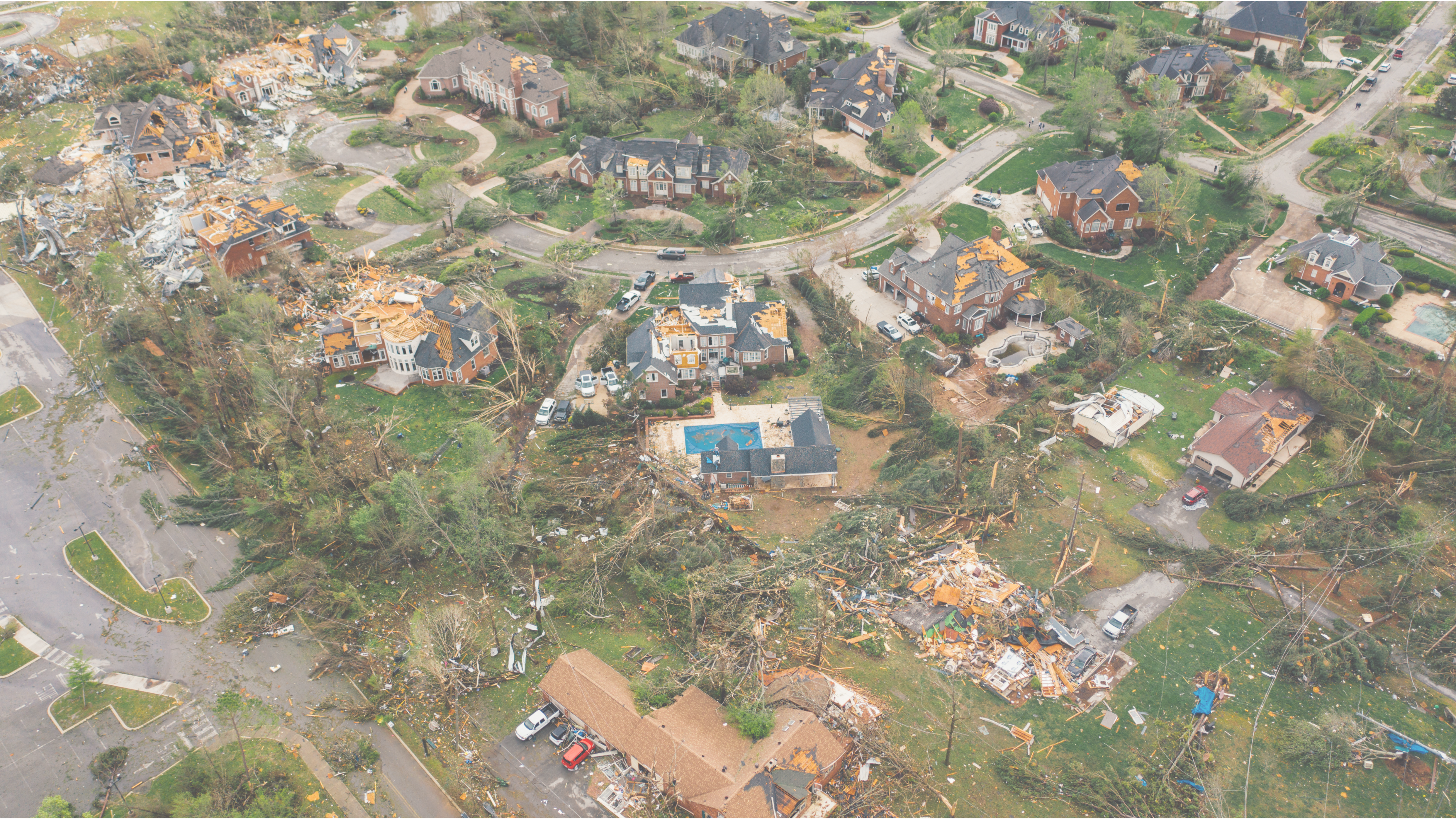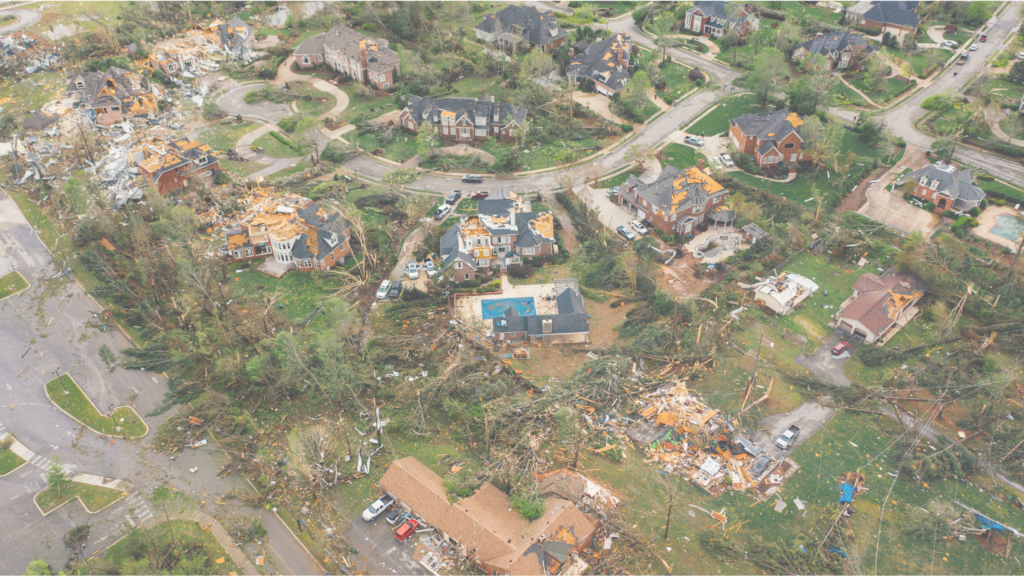
Kusuma Buddhiraju
While natural disasters capture headlines and national attention for a short period, the long road to recovery and rebuilding is only palpable in the communities affected by the calamities. According to sources, nearly 40% of the billion-dollar climate events that have hit the US since 1980 happened between 2017 and 2023. This year alone, Hurricane Helene caused immeasurable havoc in Western North Carolina and parts of Florida, Georgia, South Carolina, Tennessee, and Virginia. Communities are yet to come to terms with the loss of lives, property, and livelihoods, and the first signs of recovery are just beginning while the shock still subsists.
As natural disasters have become increasingly frequent and severe, the long-lasting effects on educational systems are a critical subject that could benefit from being in the spotlight. This comprehensive essay explores the enduring impact of these catastrophic events on schools, students, and learning outcomes, examining policy implications and potential solutions to mitigate their effects.
Prolonged Infrastructure Recovery & Resource Diversion:
First and foremost, it takes anywhere from months to years to restore school infrastructure before another disaster strikes, and the recovery process is perpetual. After Hurricane Maria in 2017, it took over two years for many schools in Puerto Rico to fully reopen, and just as recovery was nearing completion, a series of earthquakes in 2020 damaged or destroyed 162 schools, forcing the closure of 32 schools permanently due to structural concerns. As of 2023, some schools were operating in temporary facilities, demonstrating how recovery can stretch for years. A consequence of multiple natural disasters is migration and an evident decline in Puerto Rico’s student population, which dropped by almost half in 15 years, from almost 550,000 in 2006 to 276,413 in 2021. Similar cases can be found in California, Florida, New Orleans, and the Southeast.
Charleston County School District in South Carolina faces challenges related to flooding and sea-level rise, as evidenced by the city’s “Flooding and Sea Level Rise Strategy”. The district’s budget documents acknowledge rising costs for operational expenses, including flood insurance. This financial strain can be particularly challenging for districts already operating on tight budgets.
The devastating impact of these natural disasters on education is not felt equally across communities. In a cruel twist of fate, these catastrophic events serve as powerful amplifiers of existing social inequities, disproportionately affecting schools in socioeconomically disadvantaged areas. As these vulnerable institutions grapple with extended recovery periods, the chasm of educational opportunity widens, creating a vicious cycle of disadvantage.
Multidimensional Impact on Students and Learning Outcomes:
The impact of the disasters and the strained education systems trickle down to the students and significantly influence their ongoing physical, mental, emotional, cognitive, and social development, far beyond the aftermath. Research has shown that exposure to disasters can lead to neuropsychological deficits, affecting attention, memory, processing speed, and executive functions. These cognitive impairments can persist for years, potentially hindering academic achievement across primary, secondary, and tertiary education levels.
Students affected by natural disasters have shown decreased academic performance for up to three years post-event, with math scores being particularly vulnerable. This prolonged impact can have cascading effects on future educational and career opportunities.
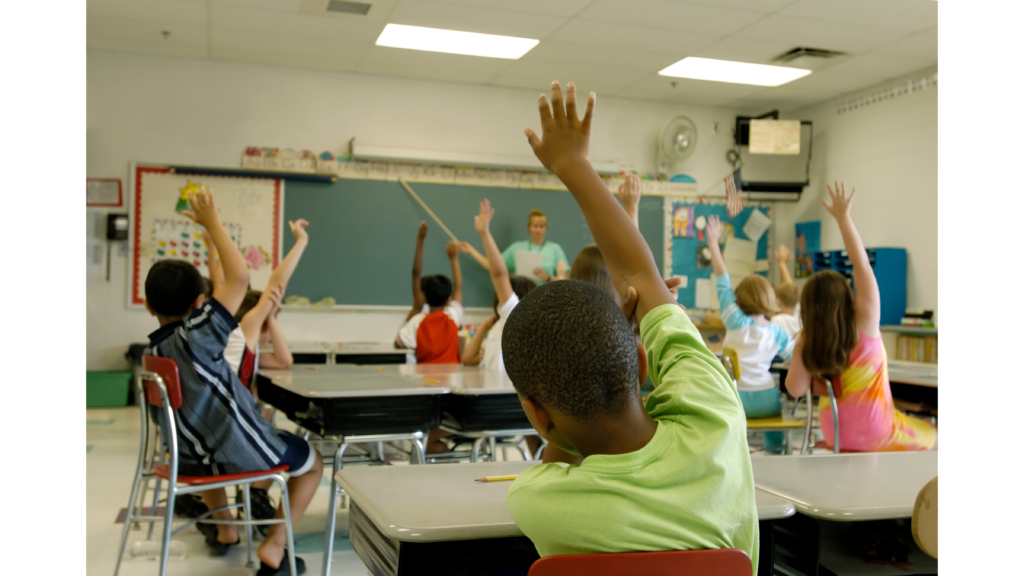
The trauma from natural disasters can lead to long-term mental health issues because up to 25% of students exposed to severe natural disasters exhibited symptoms of post-traumatic stress disorder (PTSD) two years after the event. These mental health challenges can significantly impede learning and overall well-being.
Schools in disaster-prone areas often experience increased absenteeism and higher dropout rates. A study of schools affected by Hurricane Katrina showed a 15% increase in chronic absenteeism, persisting for five years post-disaster. This disruption in attendance can have lasting effects on educational attainment. Students displaced by Hurricane Katrina were 30% less likely to enroll in college than their peers in unaffected areas. This can have lifelong implications for career opportunities and economic mobility.
Heightened Challenges for Vulnerable Communities
A Government Accountability Office (GAO) report found that 57% of school districts receiving key federal disaster recovery grants served higher-than-average proportions of students from socially vulnerable groups, compared to 38% of all school districts nationwide.
In areas like Puerto Rico, where about 80% of public school students lived in families with incomes below the poverty level and nearly 30% reported at least one disability affecting their learning, pre-existing vulnerabilities compound the challenges of disaster recovery.
Policy Implications and Solutions
In the face of escalating natural disasters, innovative policies emerge as bulwarks protecting education. FEMA’s Disaster-Resistant School Guidelines advocate for resilient infrastructure, though implementation varies across regions. The Department of Education’s Restart Program offers crucial immediate aid, yet its long-term efficacy remains under scrutiny.
Internationally, Japan’s nationwide disaster preparedness curriculum, integrated into regular education, has fortified student resilience. New Zealand’s “All Right?” campaign, addressing post-disaster mental health, has boosted community well-being by 20%. The Philippines’ Alternative Delivery Modes program, reaching over a million students through mobile and home-based learning, ensures educational continuity in disaster-prone areas.
These initiatives represent more than bureaucratic responses; they are blueprints for an education system that thrives despite adversity. As environmental uncertainties grow, these policies remind us that with innovation and determination, we can build an educational foundation that stands unshakeable, safeguarding our children’s futures against nature’s fury.
Innovative Solutions for the Future
As we look towards the future, a wave of innovative technologies and approaches is emerging to combat the long-term effects of natural disasters on education. At the forefront of this technological revolution are AI-powered early warning systems, which harness the power of machine learning to predict natural disasters with unprecedented accuracy. These systems could provide schools with crucial preparation time, potentially mitigating the devastating impacts of sudden catastrophes.
In the realm of mental health, virtual reality (VR) is making significant strides in trauma therapy, with VR-based programs showing remarkable promise in treating PTSD among disaster-affected students. Early results indicate a striking 40% reduction in symptoms compared to traditional therapeutic approaches.
Meanwhile, blockchain technology is being explored as a robust solution for securing and preserving student records, ensuring that academic progress remains intact even when physical infrastructure is compromised. This digital safeguard could prove invaluable in maintaining educational continuity in the face of disaster.
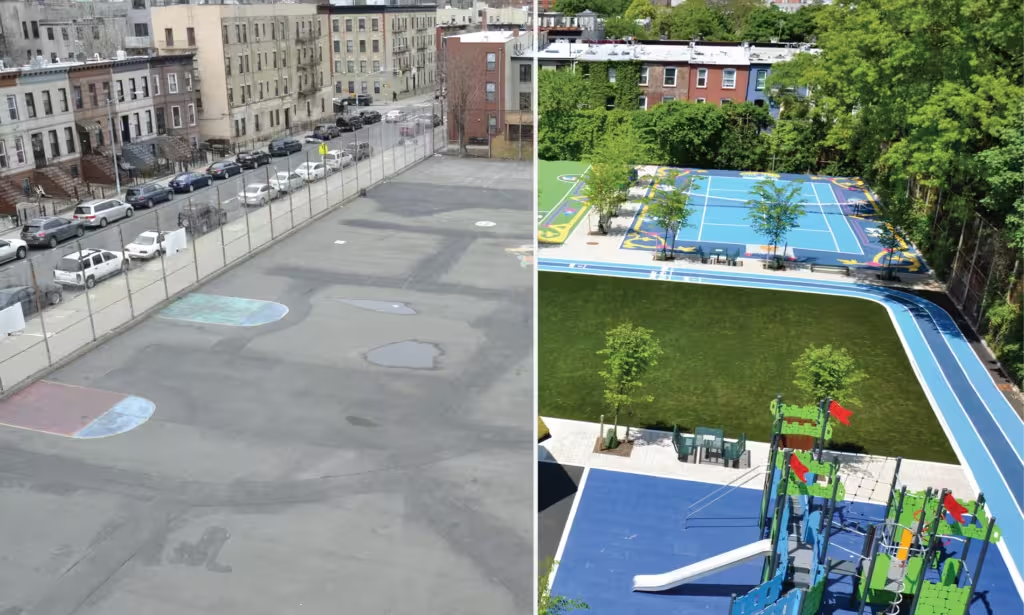
Lastly, the concept of green schoolyards is gaining traction as a powerful solution to both climate change and educational resilience. Cities across the United States are transforming barren asphalt landscapes into vibrant, nature-rich outdoor spaces that serve multiple purposes. These green schoolyards integrate sustainable design principles, replacing heat-absorbing surfaces with gardens, trees, and natural play areas.
Beyond enhancing the learning environment, these redesigned spaces significantly bolster climate resilience. They help mitigate urban heat islands, reduce flood risks through improved stormwater management, and even contribute to carbon sequestration. In cities like Oakland, California, and Austin, Texas, green schoolyards are becoming central to broader climate action plans.
Moreover, these spaces serve as community resilience hubs during emergencies, offering safe gathering spots and potential resource distribution centers. By reimagining school grounds, communities are not only creating healthier, more engaging educational environments but also building vital infrastructure for climate adaptation and disaster response.
Conclusion
The time for half-measures and temporary fixes has long passed. We stand at a pivotal moment in history, where our actions—or inactions—will echo through generations. The story of education in the face of natural disasters is not just about broken buildings or interrupted schedules; it’s about the dreams deferred, potential unrealized, and futures hanging in the balance.
Every student displaced, every lesson missed, every trauma endured ripples through time, shaping not just individual destinies but the very fabric of our society. The innovations we’ve explored—from AI-powered warning systems to green schoolyards—are not just technological marvels; they are beacons of hope, illuminating a path to resilience. But technology alone is not enough. We need a seismic shift in our priorities, placing the educational resilience of our most vulnerable communities at the forefront of disaster preparedness and recovery efforts.
Let us be clear: the cost of inaction far outweighs the investment required to secure our educational systems. Every dollar spent on resilient schools, every hour invested in disaster preparedness curricula, and every effort made to bridge the widening chasm of educational opportunity is an investment in our collective future. Our children’s future—indeed, our society’s future—depends on our ability to transform this perpetual chasm of lost opportunities into a bridge to a more equitable, resilient tomorrow.

